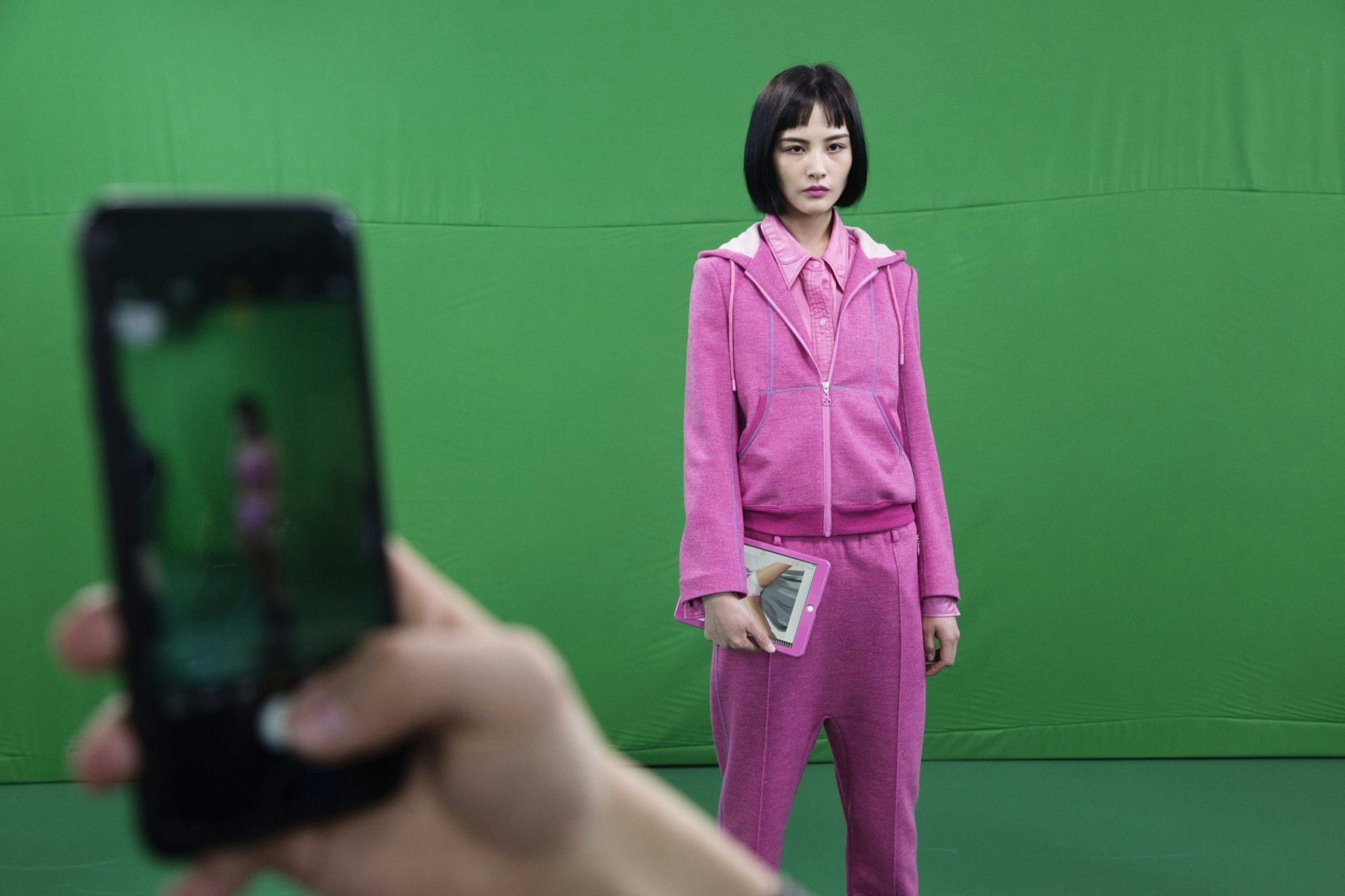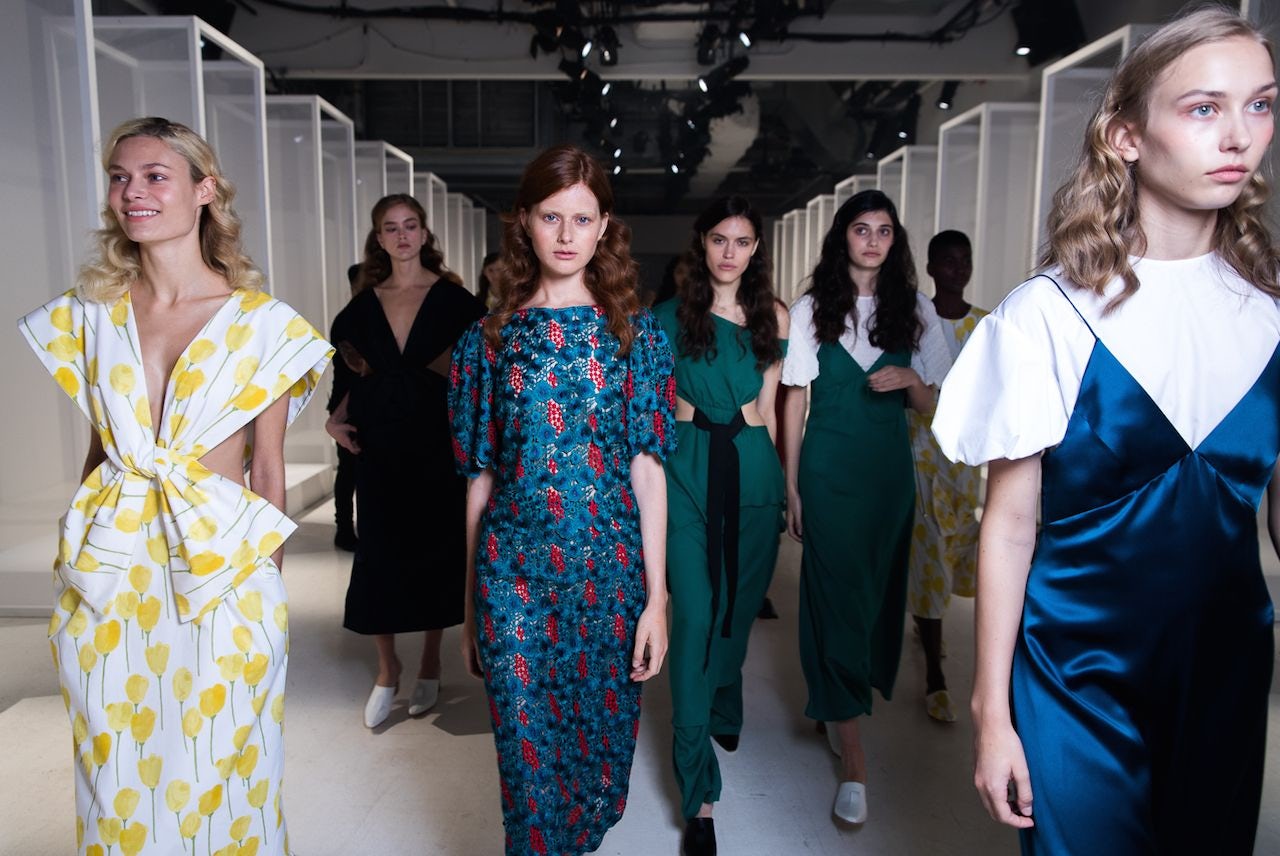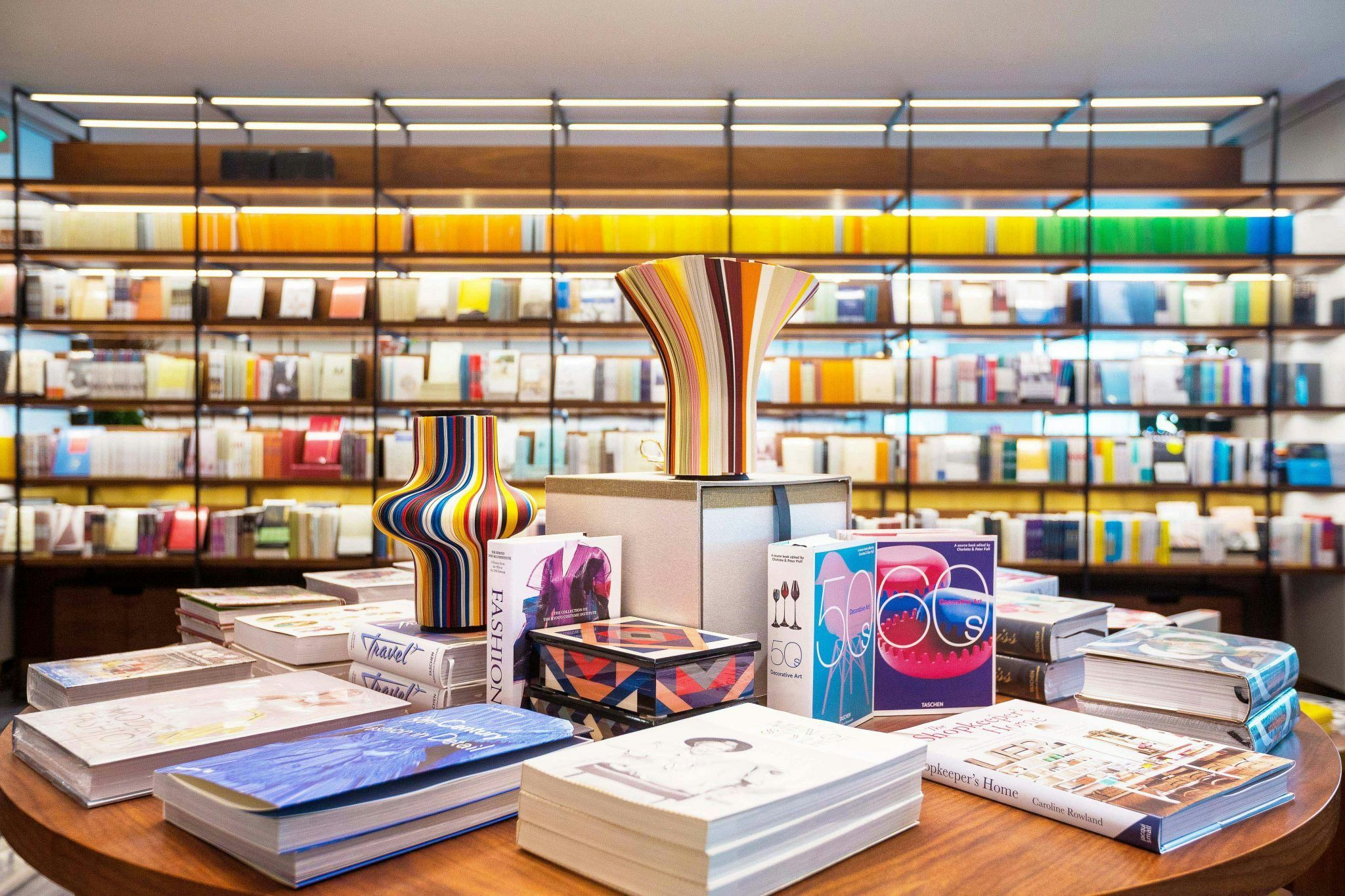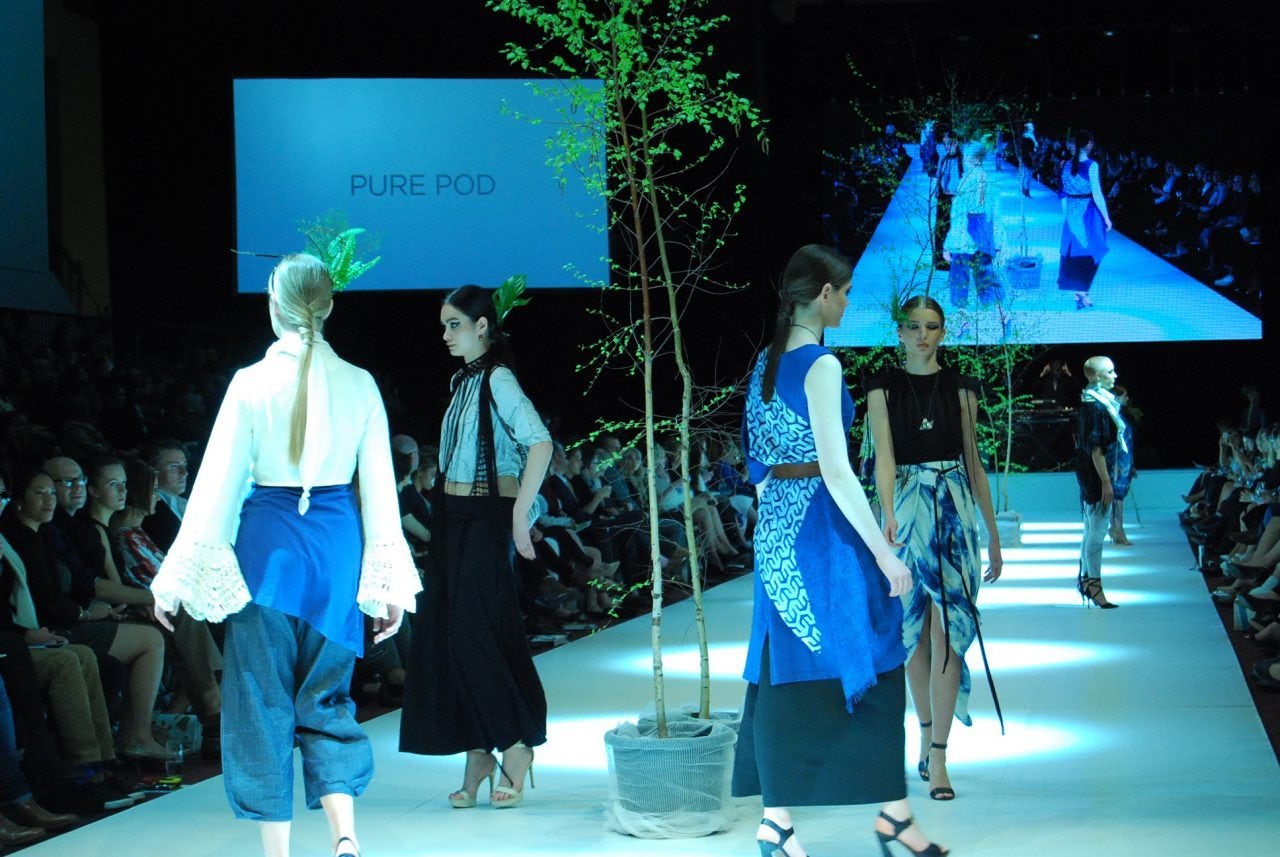In China, emerging luxury brands are shaking up traditional fashion shows, creating ‘story-living’ experiences that strive to build closer connections to their online fashion communities.
At the recent Autumn/Winter 18 Shanghai Fashion Week, a number of independent showcasing platforms hosted creative fashion presentations, hoping to attract the interest of China's young affluent market. The Labelhood platform has been present at Shanghai Fashion Week since 2016, when it was established by Tasha Liu, one of the three founders of Dongliang- a leading Chinese boutique carrying predominantly Chinese designers. Since its inception, the platform has steadily grown, now hosting an extensive program of events, talks and fashion presentations, supporting the works of emerging Chinese talent.
Alternative platforms like Labelhood offer young brands the unprecedented freedom to experiment with new ways of presenting their creations. This season, certain designers ventured even further outside of the realms of traditional runway shows, creating immersive viewer experiences and using advancing technologies to provide new interactive fashion performances.
In the era of the online influencer, China's latest generation of fashionistas are keen to learn more about their favorite designers, and thrive on feeling included as part of a community. This new interactive fashion phenomenon helps to meet these expectations, engaging consumers with playful technology and captivating immersive concepts.
Brands and designers are also using their fashion presentations to deliver strong messages on broader social topics, commenting on world issues affecting the lives of their young Chinese audiences.
Going far beyond the traditional top-down fashion show presentation, young Chinese labels are leading the way in reinventing how designers connect and communicate with their fashion fans. Below is a selection of some of the most striking initiatives present at Shanghai Fashion Week this season.

Photo: AngelChen FW18 Labelhood show
1. Angel Chen#
In recent years, influential young fashion designer Angel Chen has attracted a large community of fashion lovers captivated by her label's vibrant and alternative trends. During her recent Labelhood show, Chen surprised the audience with a street dance performance, inviting dancers from the popular show Street Dance of China to perform at the event. The urban art form has become increasingly popular with young Chinese audiences, enticed by a new exposure to a self-determining street style.
Wearing pieces from Chen's latest collection, the dancers battled it out in bold, colorful hoodies and large cut pants, to the upbeat soundtrack of loud hip-hop music. The vibrant performance sought to demonstrate the brand's energetic nature, and boost excitement surrounding the rebellious nature of the label.
Angel Chen also used the show to develop a partnership with e-commerce giant Tmall, live-streaming the event and enabling viewers to click and buy the products immediately from the online platform.
- VelvetBlue on Weibo
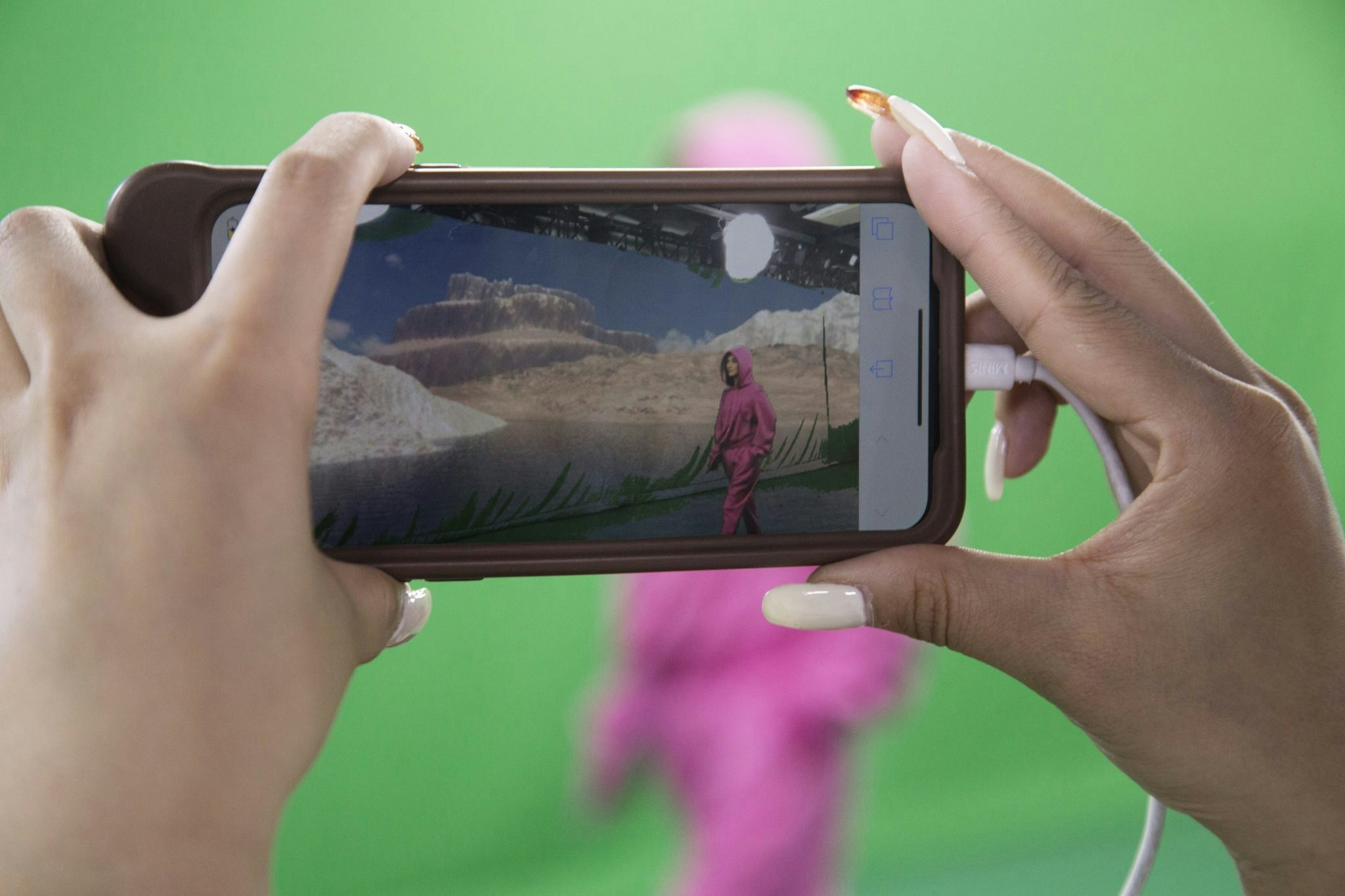
2.#
Sirloin#
Shanghai-based label Sirloin was launched in 2016 by Japanese-Swedish duo Mao Usami and Alve Lagercrantz. The brand's concept combines underwear and outerwear, blending the lines between the two and promoting a comfortable "where-what-you-want" style. This trend has been popular with young Chinese audiences, who according to the designers, are far less concerned with following traditional fashion codes.
This season Sirloin created a buzz at Shanghai Fashion Week by developing an immersive augmented reality experience, aiming to highlight the fading line between the digital and physical, whilst denouncing a generation's dependence on technology.
The simple runway was marked only by a green screen backdrop. At the entrance to the show, the audience were invited to scan a WeChat QR code, causing virtual environments to appear on their phones whilst viewing the catwalk. The exposed skin of three models was wrapped in fabric identical to the green screen, causing the models to vanish from view, and leaving the brand's iconic underwear floating mysteriously against the screen.
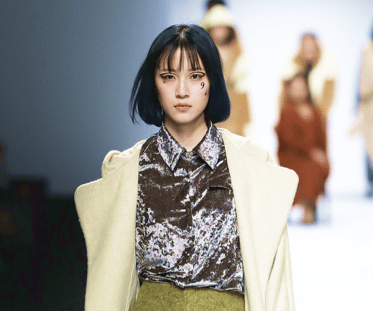
3.#
Reclothing Bank x Fake Natoo#
Through her studies in Paris, Chinese designer Zhang Na developed a strong interest for sustainable fashion. She has since launched two fashion labels in China: Reclothing Bank and Fake Natoo, that both focus on sustainability and use mainly second-hand clothes as raw materials. According to Zhang,"Old clothes hold traces of people’s lives, of humanity. I hope that wearing redesigned old clothes can make people pause and contemplate their present and future."
At the Shanghai Fashion Week show introducing the designer's two collections, Zhang surrounded herself with other creative minds. Xiao Ke & Zi Han, two artists known for their work in contemporary social theater, directed a performance focusing on the reality of life in Modern China. To introduce each theme of the collection, a scene was performed by local Shanghainese families, artists, and models. This emotional journey of memories was enhanced by the use of graffiti-style make-up, marking important dates and numbers on the performers' faces and bodies.
Toni雌和尚 on Weibo
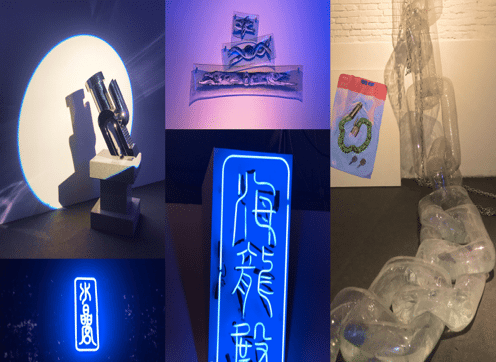
4. Baixiju#
Baixiju is an artistic, experimental and environmental-friendly label created by Chinese brand Mukzin.
Their 2018 "no season" collection abandoned the traditional runway show to develop an interactive exhibition with a theatrical approach. The "Dragon Station" concept mixed Chinese heritage - inspired by the legend of the Dragon Palace - with the futuristic design elements of a space station. The installations were designed by Chen Chenchen, a young Chinese contemporary artist who is famous for his self-deprecating concept of "poor sci-fi."
Beyond the imaginary trip into the past and the future, the exhibition aimed to promote environmentally friendly initiatives and support the clean-up of the earth's oceans. Living inside the Dragon Station is the character dragon girl, who collects "treasures" made up of discarded trash- old childhood toys, expired credit cards and old cell phones. In contrast, the collection on display is created with recycled plastic and vintage fabrics.
Takeaways:
The Chinese creative scene is shaking the fashion industry through experimentation and delivering messages on current social issues, making traditional “beautiful” shows seem insufficient. Here are some ideas fashion brands should keep in mind when addressing the new generation of meaningful Chinese fashionistas:
- Favor interaction with your own fashion community
- Share your values and brand DNA with sincerity and authenticity
- Create surprises and be innovative with your presentation format
- Make it alive: give life to your brand and the story of your products
- Connect with real life and real people
- Use technology smartly to communicate and sell
The Chinese Pulse is a creative consulting agency based in Paris, dedicated to deciphering trends in the Chinese contemporary market for fashion, beauty, luxury and lifestyle brands.
